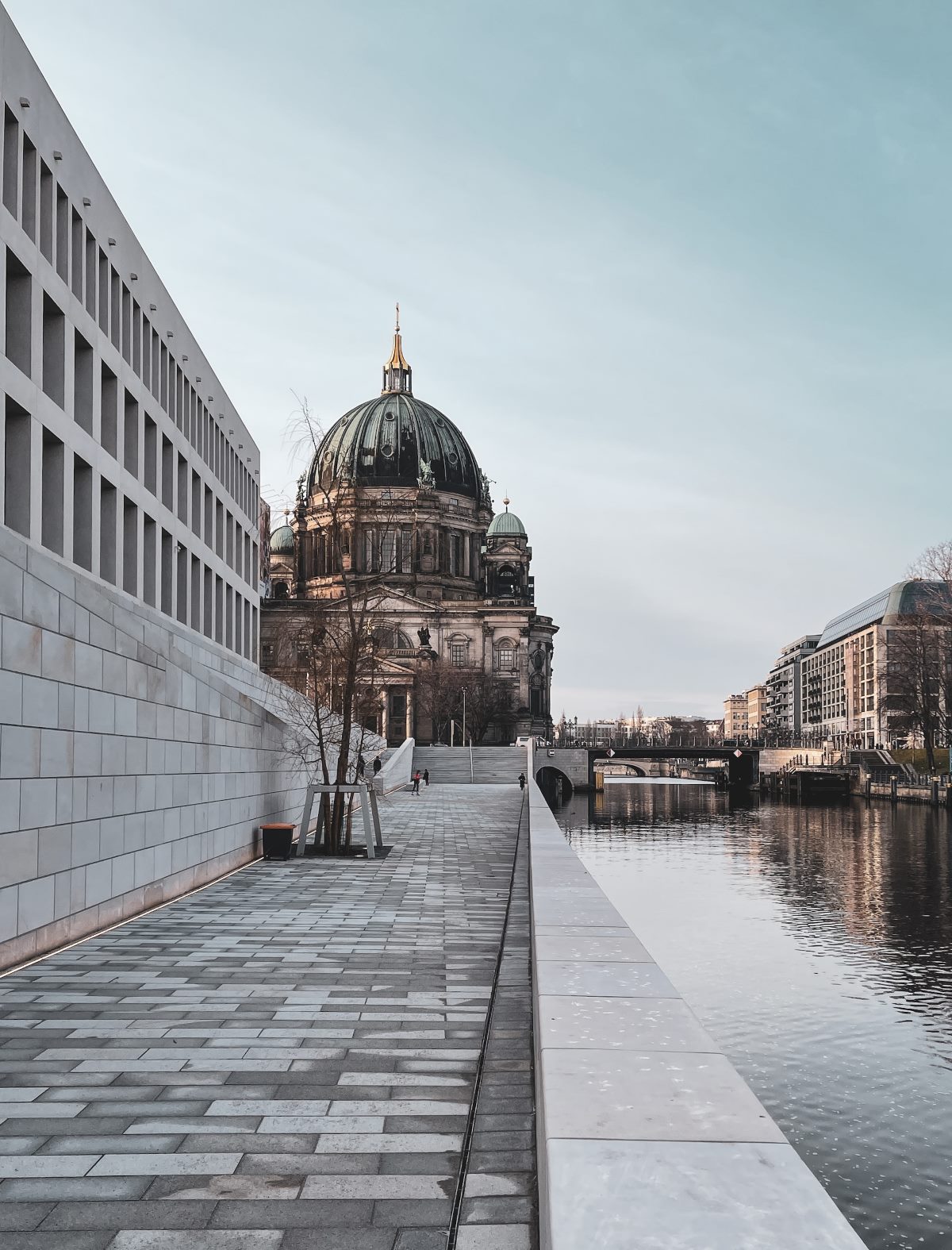The Berlin Wall, erected in 1961, was a physical barrier that divided the city of Berlin, Germany, into two separate parts: East Berlin, controlled by the Soviet Union, and West Berlin, governed by democratic Western powers. The wall stood as a symbol of the Cold War and the division between communist and capitalist ideologies.
The Soviet Union’s Perspective on the Berlin Wall
The Soviet Union, under the leadership of Nikita Khrushchev during the construction of the Berlin Wall, viewed it as a necessary measure to protect its interests and maintain control over East Berlin. Here are some key aspects of the Soviet Union’s perspective:
1. Security and Ideological Divide
From the Soviet Union’s standpoint, the Berlin Wall was primarily a security measure. It aimed to prevent citizens from escaping to West Berlin, where they would be exposed to the allure of Western freedoms and ideologies. The ideological divide between communism and capitalism was at the core of this concern.
2. Preserving East Berlin
The Soviet Union saw East Berlin as a showcase of Communist success and a symbol of the superiority of the Eastern Bloc. The construction of the wall was perceived as a means to protect and preserve East Berlin as a model city, highlighting the advantages of a communist society.
3. Controlling Migration
The Soviet Union aimed to control the movement of people between East and West Berlin, particularly skilled workers and intellectuals. By building the wall, the Soviet government sought to prevent the loss of a valuable labor force that could contribute to the prosperity of West Germany.
4. Responding to Western Influence
The presence of West Berlin within East Germany posed a significant challenge to the Soviet Union’s influence. West Berlin was a beacon of Western culture and a showcase of democratic ideals. The construction of the wall was, in part, a response to this perceived threat, as the Soviet leadership aimed to contain Western influence and consolidate its control over East Germany.
5. Diplomatic and Propaganda Purposes
The Soviet Union used the existence of the Berlin Wall as a tool of diplomacy and propaganda. It justified its construction as a necessary measure to protect East Berlin from Western aggression and infiltration. The Soviet media presented the wall as a defense against imperialism and portrayed the Western powers as the aggressors.
Conclusion
The Berlin Wall was more than just a physical barrier separating East and West Berlin; it represented the broader divide between communism and capitalism during the Cold War. The Soviet Union’s perspective on the wall was primarily driven by security concerns, the desire to preserve East Berlin as a model city, and the need to control migration and Western influence. Understanding the Soviet Union’s view of the Berlin Wall helps shed light on the complex dynamics of the Cold War and the motivations behind its construction.






Leave a Reply